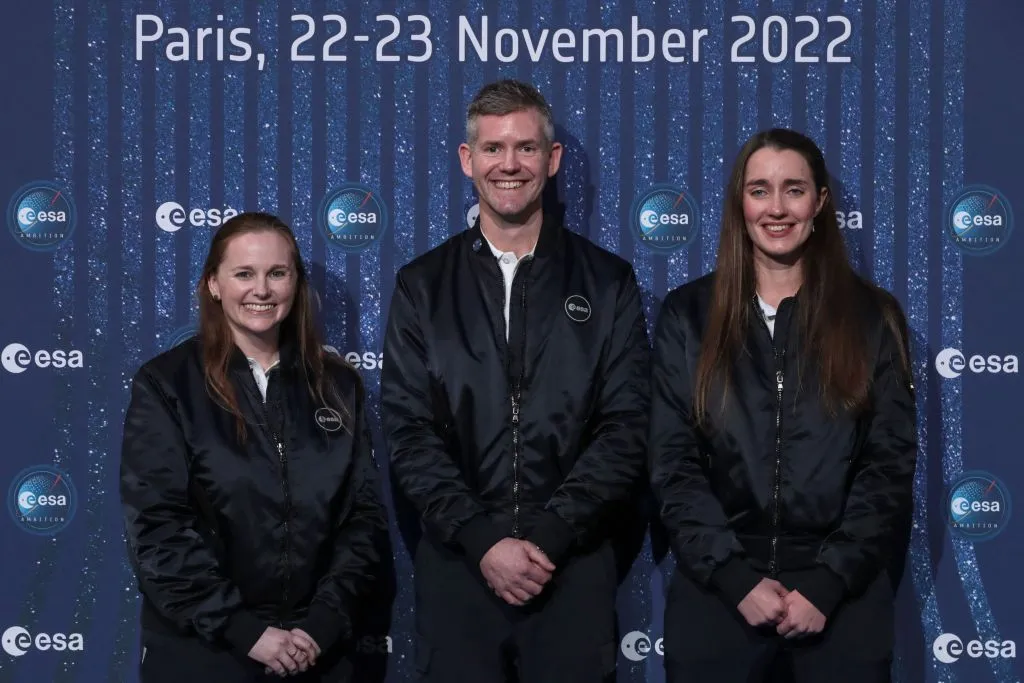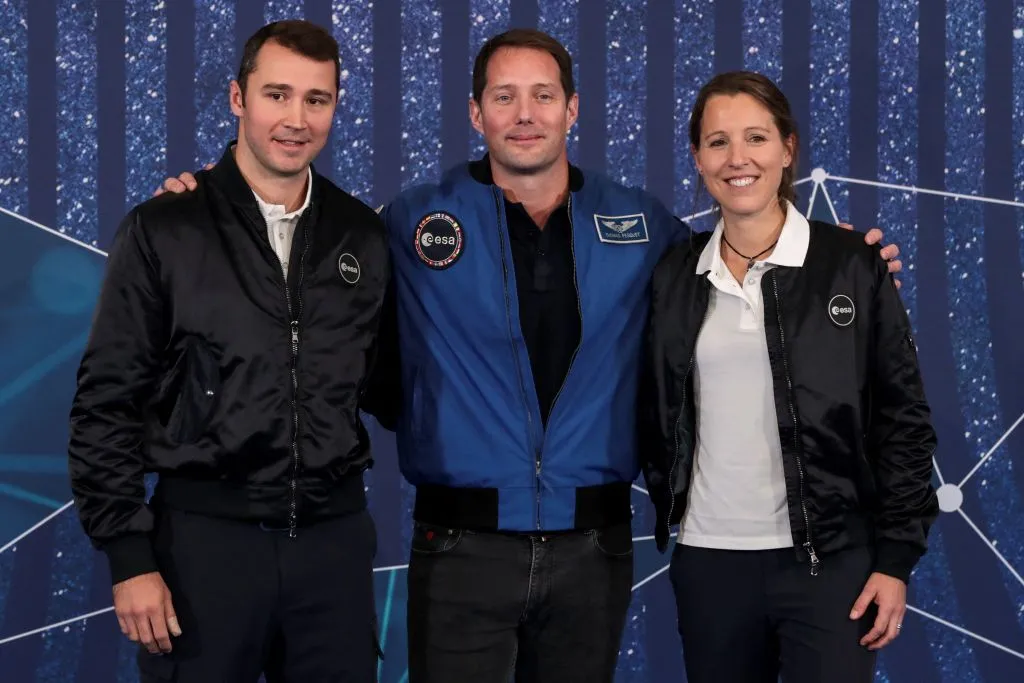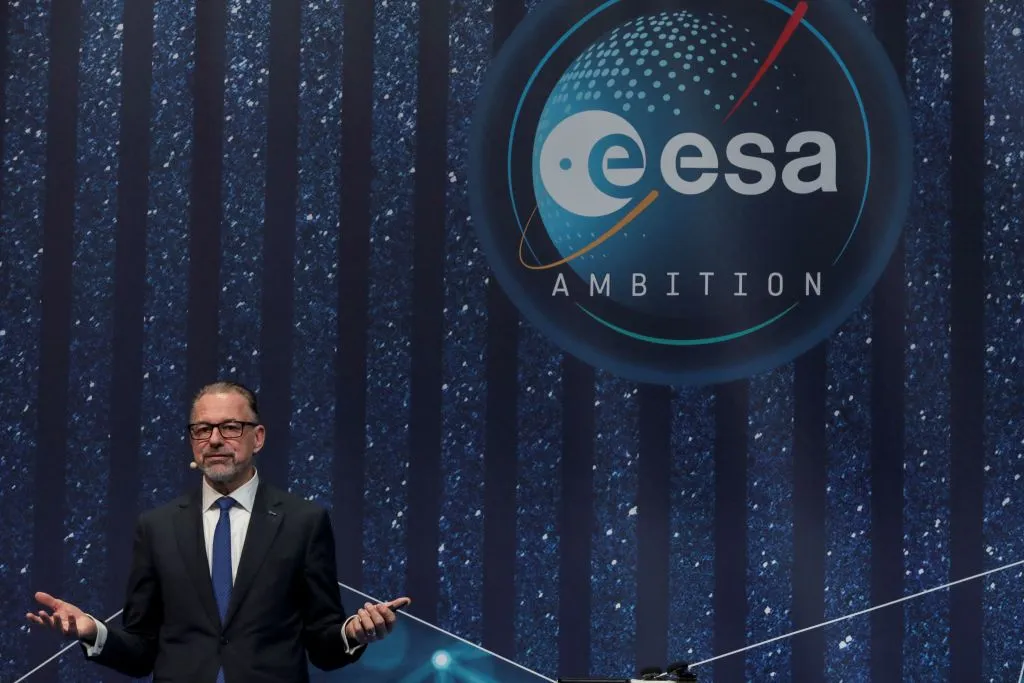The European Space Agency announced its new class of astronaut candidates on 23 November 2022: 17 potential spacefarers selected from a pool of over 22,500 across Europe.
Included in the 2022 class of ESA astronauts are 3 from the UK and 1 astronaut with a disability.
Following the selection of Tim Peake as the first British astronaut in 2009, UK space fans will have been pleased at the announcement of 3 UK astronauts selected by ESA for its class of 2022, including the world’s first disabled person to undergo astronaut training .

Rosemary Coogan, a professional astrophysicist who was born in Northern Ireland, was selected to join the ESA astronaut corps as a career astronaut.
British-born scientist Meganne Christian was appointed as an ESA reserve astronaut, and British Paralympian John McFall was chosen as a para-astronaut.
He will carry out a joint ESA/NASA study on what needs to be changed so people with physical disabilities can fly safely to space.

Selecting the ESA 2022 astronauts
Across the 22 nations of ESA and more than 22,500 applications, a total 17 new astronaut candidates were selected.
Five applicants were chosen as career astronauts, Paralympic sprinter John McFall was selected as the single parastronaut, with 11 going into the astronaut reserve, made up of the candidates who were successful throughout the entire selection process and were not recruited.
They will receive a consultancy contract from ESA while remaining with their current employers.
Some 50% of the new 17 astronaut candidates are women. Libby Jackson, Director of Human and Robotics Exploration at the UK Space Agency called this: "A good day for the UK and for space - all astronauts were chosen on their skills and merit."
Watch our interview with Libby below, recorded live at the Bluedot festival 2022.
Announcing the astronauts
The ESA astronaut class of 2022 selections were announced at the conclusion of the ESA CM22 Ministerial meeting in Paris on 23 November, 2022.
They followed a presentation by ESA Director General in which he explained that the 22 nations forming ESA had agreed to increase funding for space activities by 17.9 bn euros, representing a 17% increase overall.
This will allow the space agency to expand its operations for science research, Earth observation, telecoms, human and robotic exploration, and space transportation – with a new green hydrogen-fuelling system for the Ariane launchers, the development of the reuseable Space Rider robotic space transport craft, and a possible orbital crewed spacecraft called SUSIE.
Paul Bate, CEO of the UK Space Agency said: "This is a momentous day for the UK Space Agency, our space sector and the country as a whole. Through our investment in the European Space Agency, the UK is playing a leading role in space exploration and collaborating with international partners to use the unique vantage point of space to benefit life on Earth.
"Space has an incredible power to inspire and I am sure Rosemary, John and Meganne will become heroes for many young people and inspire them to shoot for the stars."
What next for the European Space Agency?
A key focus of ESA’s expansion is human and robotic exploration, which includes the ‘Terrae Novae’ programme. ESA’s Director of Human and Robotic Exploration, David Parker, said this aims to “put European boots on the Moon by 2030” with the NASA-led Project Artemis return to the Moon.
ESA is contributing the service modules for the Orion lunar spacecraft - one of which, on Artemis I, rounded the Moon on its first uncrewed Space Launch System mission between 16 November - 11 December 2022.
Also, the Lunar Gateway deep-space station habitation and service modules, together with Argonaut lunar logistic landers and the future Moonlight data and GPS lunar satellite constellation.
Eventually a Moonbase at Shackleton Crater on the Moon’s south pole might be realisable and then a focus on future crewed Mars landings is the ultimate goal of the ESA vision.

There was good news too for the Rosalind Franklin Mars Rover, which is currently on hold.
This mission, with its 2-metre drill that aims to seek out signs of past life under the Red Planet’s surface, received further backing by ESA in Paris, and will now have an ESA-led landing system sent to Mars on a US launcher for a 2028 departure.
It was also announced that low Earth orbit operations will continue on the ISS until at least 2030, with the UK’s Tim Peake awaiting a 2024 mission and the new UK astronauts all having the chance to go into space in the next decade.
Find out more about the ESA Astronaut Class of 2022
